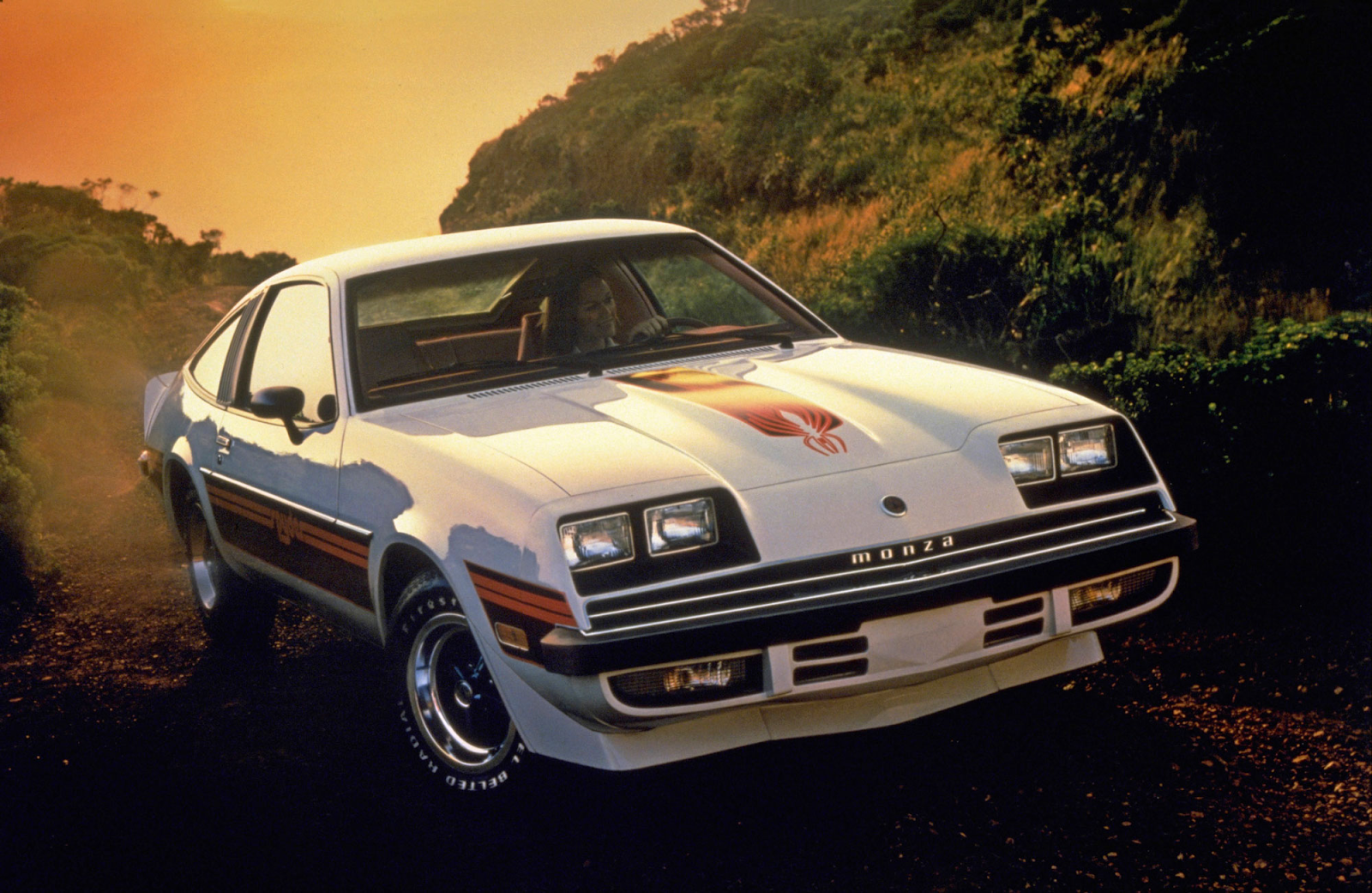The Risky Business of Design
If skateboard legend Tony Hawk were a design engineer, what do you think his design process would be? We suspect he would not settle for the obvious. He would take risks to innovate and create, until he perfected the design equivalent of the Backside Fakie Ghetto-Bird Nollie, Dude!
However, would Tony only choose risky ideas? Of course not. Sometimes those ideas don’t pan out. Instead, he would have a back-up plan in case something went awry. And actually, when a new trick technique goes badly, Tony Hawk already has a back-up plan. He wears safety equipment. A helmet, knee pads, and slide gloves provide a way to safeguard against a risky failure.
Tony Hawk at Skate Jam in 2012
As design engineers, choosing a final concept during the design process can be challenging and risky. Teams generate many ideas during the concept development phase, and it can be difficult to select the best one. A variety of methods for evaluating different designs exist, including Pugh matrices, pros & cons lists, voting, and PICK charts. Most often, engineering teams need to select the best idea in order to meet production deadlines and use resources efficiently. Choosing one final concept helps us to focus our energies on a single idea, determine how to make our product great, and complete it on time. However, on rare occasions, choosing two concepts and taking them further into the design process at the same time is better than just choosing one. A second concept, although risky, may be a huge advantage if it works. The less chancy idea can provide a safeguard against a risky failure and make sure the final product doesn’t crash and burn.
RISKY CONCEPTS
In engineering design, an idea is considered to be risky when it hasn’t been tried or tested before. A risky concept needs a lot more development before we know it will be feasible. A risky idea might become a home run final product in the end. Here are a few specific reasons why that might be the case:
The final product will
be significantly cheaper
be significantly easier/cheaper to manufacture
be significantly lighter weight
require significantly less power
be much stronger and less likely to fail
clearly be much better than the competition
be innovative, taking the existing technology in a new direction
Sometimes, a new idea will encompass several of the advantages outlined above at once. When we develop a risky design, the final result can be so advantageous that we are willing to put in extra development time and effort to make it work. While a risky concept isn’t necessarily physically dangerous, developing a risky concept is dangerous for a final design if you don’t have a plan for what to do if it doesn’t work.
DESIGN INSURANCE
Whenever we are working with risky designs, we need to have “insurance” to minimize the problems caused if the risky design fails. The insurance we use is a low-risk concept that will require minimal engineering time to implement. For Tony Hawk, that’s his specialty move, the one that always lands.
There are two kinds of design insurance: a sure-thing concept and a backup design. A sure-thing concept is a concept that you are confident will work, even though it will need further development to implement. The sure-thing concept is a non-risky concept moved forward out of concept development, and work on implementing the sure-thing concept usually proceeds in parallel with the work on implementing the risky concept. This parallel work dilutes the efforts of your team, but allows the calendar time necessary to implement the sure-thing concept. While working in parallel, be sure to make the earliest decision possible as to whether the risky concept will work!
A backup design is one that you are very confident will work. The best backup designs need minimal engineering to complete. They are designs that have already been demonstrated to work, and will require only minor modification to apply to your product. You can simply drop in the backup design to replace the risky design if it fails.
EXAMPLE
In 1970, GM spent $50 million to license the Wankel rotary engine technology for a new class of cars. Detroit was downsizing their vehicles while simultaneously trying to address fuel economy and emissions. The GM Rotary engine had more than double the power to weight ratio and nearly five times the power to engine compartment volume ratio of a GM V8 engine. Thus, a small car could have lots of power in a small space. This gave tremendous design freedom to the design team.
GM designed a new, sporty car to take advantage of the unique characteristics of the rotary engine. The Monza 2+2 sport coupe was intended to be a high-performance small car for the masses. Advance publicity was put in place. Auto magazines heralded the innovative new car. Everyone was looking forward to the release. Test cars were driven in hot and cold weather to see how the Monza would perform.
The GM Monza
As the drop-dead time for creating production tooling approached, some dark clouds began to show up on the horizon. By November 1973 (one year away from the scheduled roll-out of the new vehicle), there was trouble meeting emission requirements, and fuel economy was less than desired. What was GM to do? Scrap the whole car? Despite millions of dollars in investment, it looked like the Wankel engine was dead. Fortunately, GM had design insurance. They had a number of engines in their lineup that could be placed in the Monza. So they used their sure-thing concept, and redesigned the vehicles to use underpowered four-cylinder, V-6, and small V-8 engines. With a maximum of 125 horsepower (compared with 150 for the rotary) and nearly double the engine weight (465 lb compared with 255 lb), the car took 13 seconds to go from 0 to 60 mph. But there was a car on the market, and it did sell.
The Monza 2+2 sport coupe was a disappointment. But it would have been a disaster had GM not had a sure-thing engine available that met the emissions and fuel economy requirements—even though it did not provide the desired performance. When you shoot for the moon with your risky concepts, be sure you have design insurance to protect you from the worst-possible outcomes of the failure of a risky concept.
CONCLUSION
A product’s success depends on the concepts we choose to complete that design. Risky ideas can have fantastic, amazing consequences when they work out. But, they can also be a proverbial wipeout on the halfpipe. If they don’t work out, a reliable back-up plan is the right approach to a successful project completion, or X-games glory.
To cite this article:
Bateman, Terri and Carl Sorenson. “The Risky Business of Design.” The BYU Design Review, 7 Mar. 2022, https://www.designreview.byu.edu/collections/the-risky-business-of-design.







